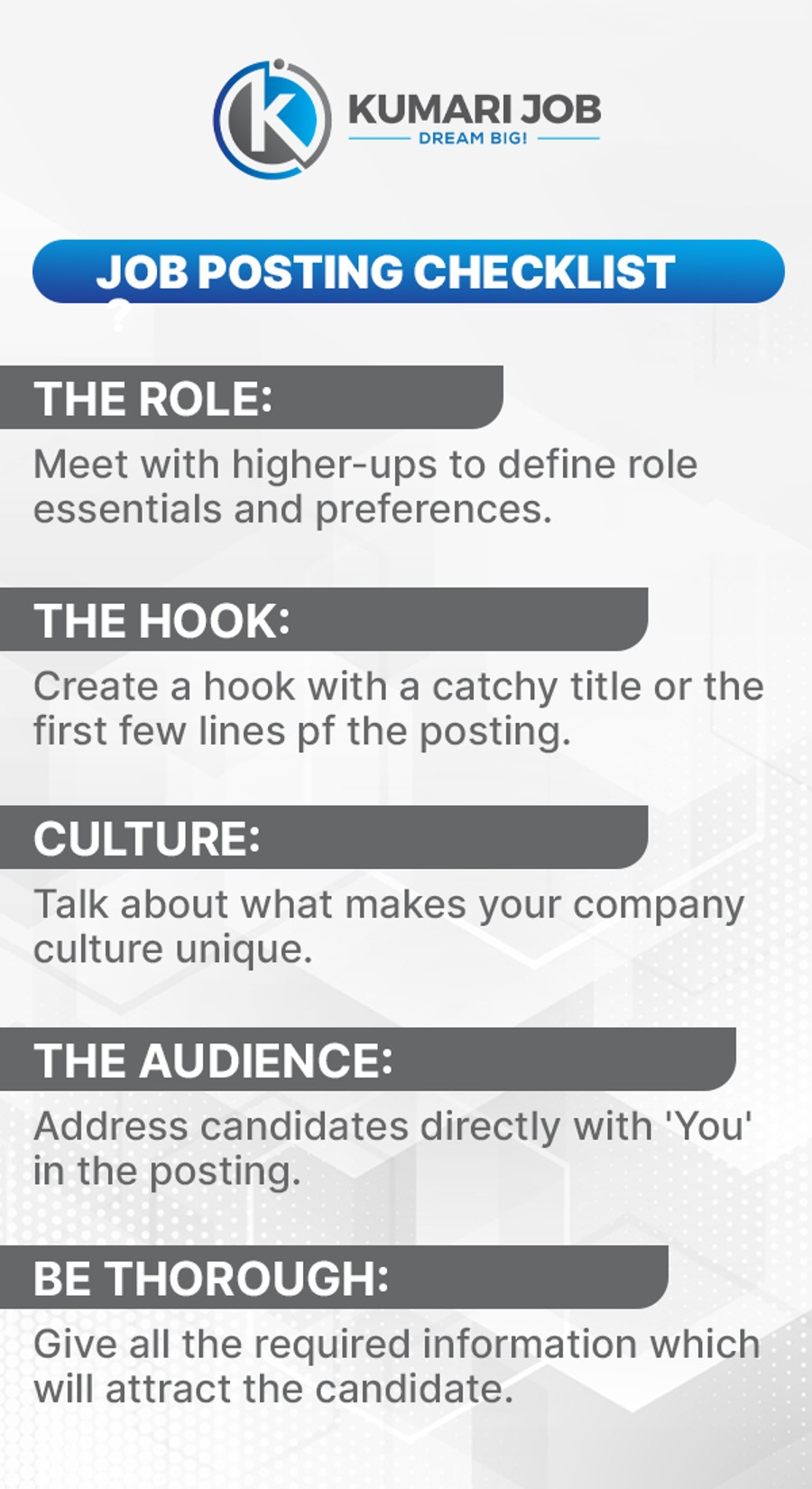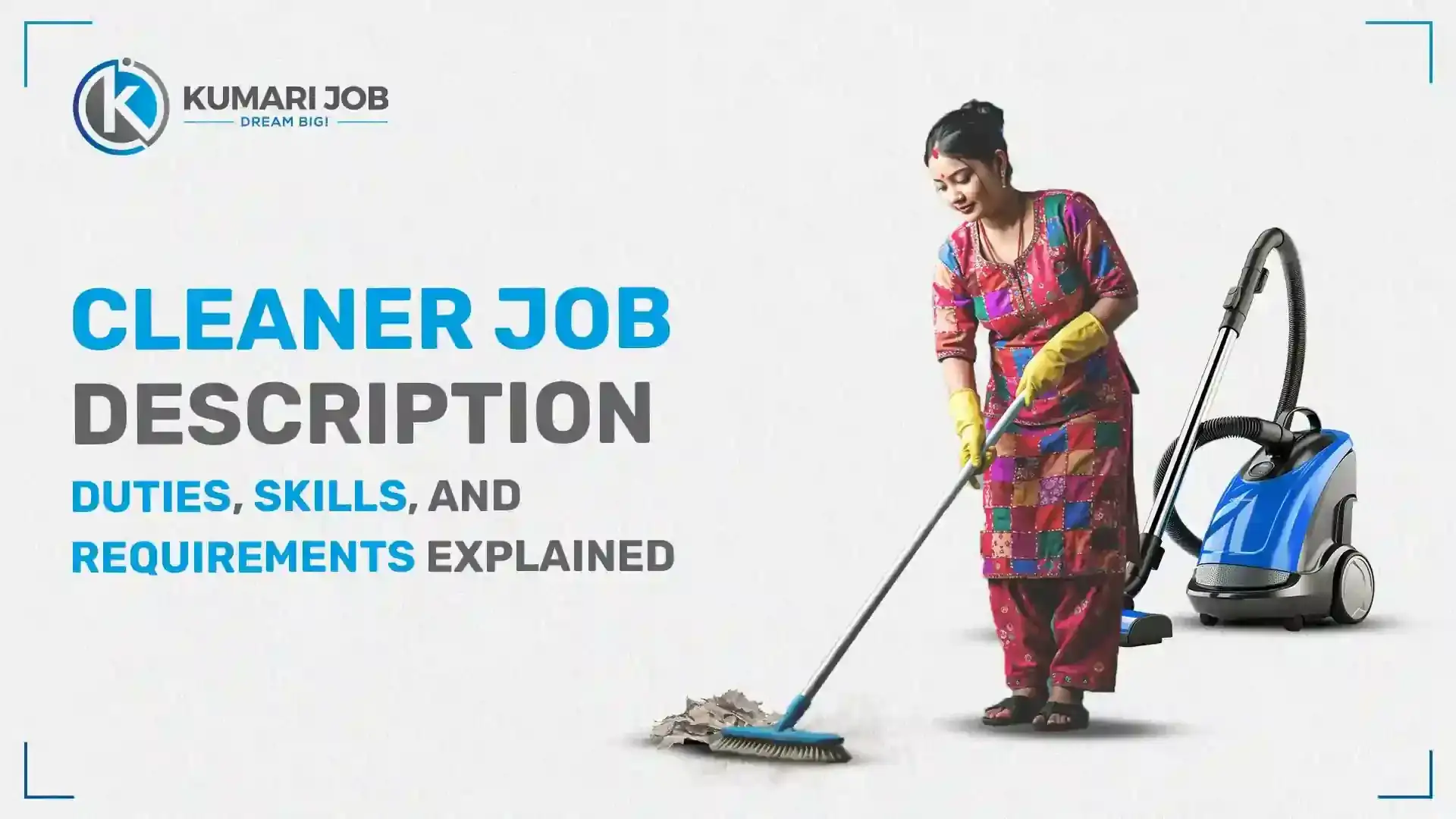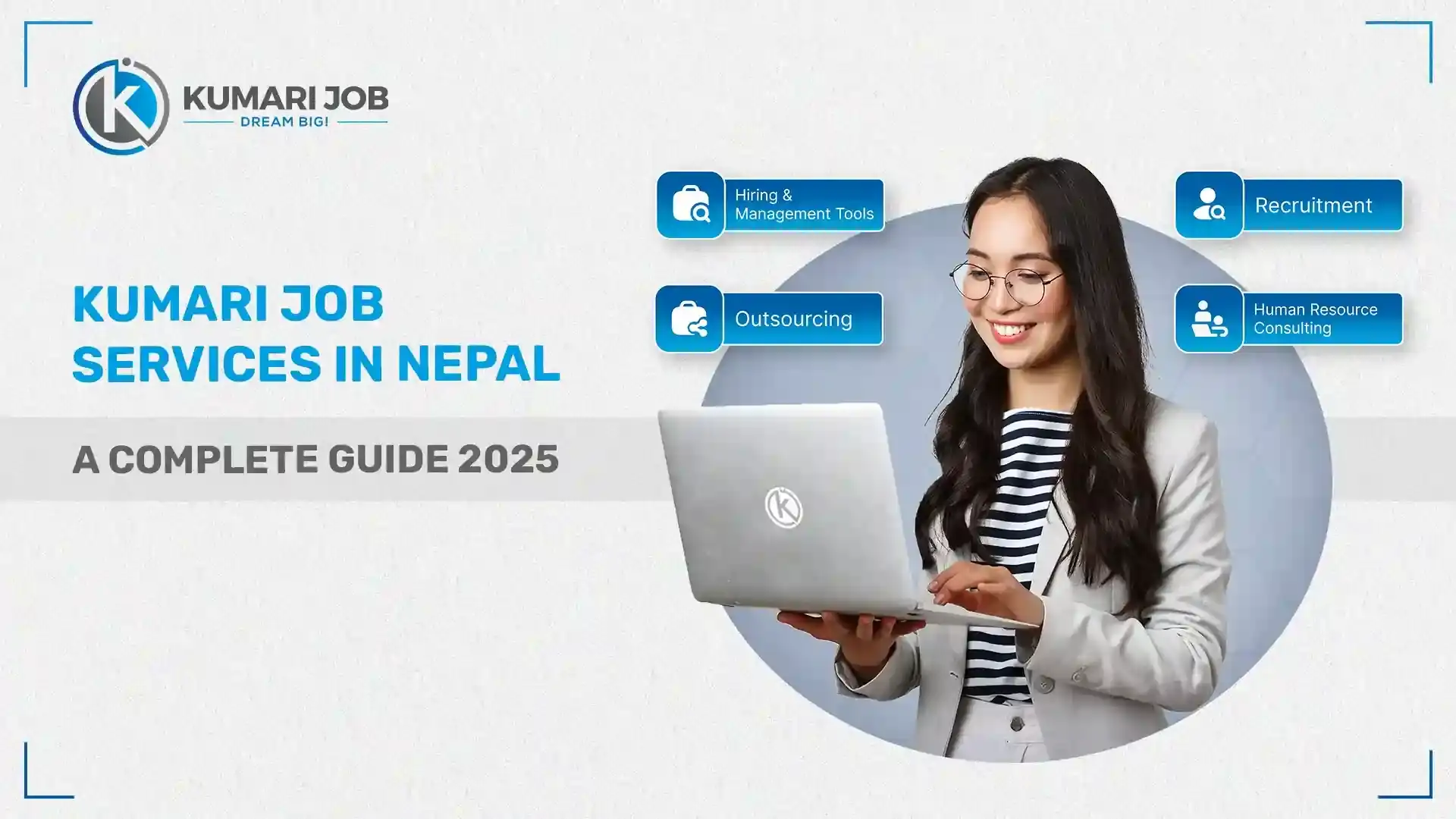.jpg)
Introduction
What is a job posting?
A job posting is an announcement by an employer to inform potential candidates about an available job position, outlining key details like job title, responsibilities, and required qualifications. It is displayed on various platforms like job boards, company websites, and social media to reach a broad audience of job seekers. Job postings are essential for employers and job seekers as they facilitate recruitment. Employers attract qualified candidates with the necessary skills, while job seekers learn about available opportunities and determine if their qualifications align with the position's requirements. Job postings contribute to organisational growth and success.
In this blog
Types of Job Posting
There are two types of job postings: Internal and External.
Internal Job Posting
Internal job postings are exclusive advertisements for job openings within an organisation, typically communicated through internal channels like intranets, bulletin boards, or emails. They allow employees to apply for new positions, promotions, or lateral moves, promoting employee development, retention, and engagement. These postings streamline recruitment by leveraging existing talent, reducing external hiring costs, and minimising the learning curve for new hires.
External Job Posting
External job postings are advertisements for job openings accessible to individuals outside an organisation. They are often found on company websites, job boards, social media, and professional networking sites. They aim to attract qualified candidates from the external labour market, offering opportunities for fresh talent infusion, diversity, and specialised skills acquisition. These postings expand the candidate pool and may require more extensive recruitment efforts than internal postings.
What to Include in Job Posting
When creating a job posting, it's essential to include essential information to attract qualified candidates and provide them with a clear understanding of the position. Here are the critical elements to include:
1. Job Title: Clearly state the position title to convey the role's level and responsibilities.
2. Job Description: Provide a detailed overview of duties, responsibilities, and expectations. This section should outline the day-to-day tasks, required skills, and qualifications.
3. Company Overview: Briefly introduce your organisation, including its mission, values, culture, and unique selling points that make it an attractive workplace.
4. Location: Specify where the job is based, including any information about remote work options.
5. Qualifications: List the required qualifications, such as education, experience, skills, certifications, and specific attributes necessary to succeed in the role.
6. Benefits and Perks: Highlight the benefits and perks offered to employees, such as health insurance, retirement plans, paid time off, professional development opportunities, and other incentives.
7. Application Instructions: Clearly outline how candidates should apply for the position, including any required documents (e.g., resume, cover letter, portfolio) and the submission deadline.
8. Contact Information: Provide contact details for inquiries or questions about the job posting, including the name of the hiring manager or HR contact, email address, and phone number.
9. Equal Opportunity Statement: Include a statement affirming your organisation's commitment to diversity, equity, and inclusion, and encourage individuals from diverse backgrounds to apply.
10. Salary and Compensation: Optionally, you can include information about the salary range, bonus structure, commission opportunities, or any other forms of compensation.
By including these elements in your job posting, you can effectively communicate the job opportunity to potential candidates and attract qualified applicants who fit the position and your organisation.
What is job advertising?
Job advertising is promoting and publicising job positions within a company or organisation to attract potential candidates. It involves creating advertisements detailing job requirements, responsibilities, qualifications, and other relevant information. These advertisements are distributed through online job boards, social media platforms, company websites, newspapers, and recruitment agencies. The goal is to attract qualified candidates and encourage them to apply for the job.
1. Promotion: Job advertising involves promoting available job positions within a company or organisation.
2. Reach: It aims to reach potential candidates through various channels such as online job boards, social media platforms, newspapers, and recruitment agencies.
3. Information Sharing: Advertisements detail job requirements, responsibilities, qualifications, and other pertinent information about the position.
4. Attracting Candidates: The goal is to attract qualified candidates suitable for the vacant positions.
5. Encouraging Applications: Job advertisements aim to encourage potential candidates to apply by highlighting the benefits and opportunities associated with the position.
6. Visibility: It increases the visibility of job opportunities, making them accessible to a broad audience of job seekers.
7. Recruitment Process: Effective job advertising is essential for the recruitment process's success, as it helps identify and attract the right talent for the job.
Characteristics of an Effective Job Advertisement
An effective job advertisement encompasses several vital characteristics to attract suitable candidates and encourage them to apply. Considering the provided keywords, here are the characteristics of an effective job advertisement:
1. Clear and Engaging Title: Use descriptive and engaging language in the job title to capture the attention of potential candidates. This helps the job posting stand out on job posting sites and attracts relevant candidates searching for similar positions.
2. Detailed Job Description: Provide a comprehensive overview of the job responsibilities, qualifications, and expectations. Use bullet points or numbered lists to organise the information and make it easy for candidates to understand the position's requirements.
3. Company Information: Include information about the company, its culture, values, and any unique selling points that make it an attractive employer. This helps candidates gauge whether they would fit the organisation well.
4. Location and Remote Work Options: Clearly state the location of the job and whether remote work options are available. This ensures that candidates know where the job is based and can assess whether it aligns with their preferences.
5. Application Instructions: Provide clear instructions on applying for the position, including any required documents (e.g., resume, cover letter, portfolio) and the preferred submission method. Ensure to include the keywords "post a job" and "post job vacancy" to optimise search engine visibility.
6. Equal Opportunity Statement: Include a statement affirming the organisation's commitment to diversity, equity, and inclusion. This helps create an inclusive environment and encourages candidates from diverse backgrounds to apply.
7. Keywords for SEO Optimization: Incorporate relevant keywords from the provided list to optimise the job advertisement for search engine visibility on job posting websites. This improves the chances of the job posting being seen by qualified candidates searching for similar positions.
8. Benefits and Perks: Highlight any benefits, perks, or incentives offered to employees, such as health insurance, retirement plans, professional development opportunities, and flexible work arrangements. This enhances the attractiveness of the job and helps differentiate it from competitors.
9. Call to Action: Encourage candidates to apply for the position by including a clear call to action at the end of the job advertisement. Use action-oriented language to prompt candidates to take the next step in the application process.
By incorporating these characteristics into a job advertisement, employers can attract qualified candidates and fill job vacancies with individuals who fit the position and the organisation.
Job Posting Sites
In Nepal, there are several job posting sites where employers and recruiters can advertise job vacancies, and job seekers can search for employment opportunities. Some popular job posting sites in Nepal include:
1. Kumari Job: Prominent job portal in Nepal connecting employers with job seekers and offering diverse job listings.
2. Kantipur Job: This online platform is affiliated with Kantipur Publications, one of the largest media houses in Nepal. It provides job listings and career-related resources.
3. JobsNepal.com: A comprehensive job portal featuring job vacancies from different companies and organisations in Nepal.
4. RamroJob is a platform dedicated to helping job seekers find suitable employment opportunities and assisting employers in recruiting qualified candidates.
5. Nepali Job is an online job portal that facilitates job search and recruitment activities for Nepal's employers and job seekers.
These are just a few examples of job posting sites in Nepal. Employers and job seekers can explore these platforms to find relevant job opportunities or candidates for their needs.
Writing a job post that works:
A job post is like a sales page. It must attract the right people's attention, build interest and trust, and convince them to apply.
One key thing to remember when writing a job post is that even though you might not enjoy the tasks this role will be doing, someone out there will probably be many people. That’s why you have to put yourself in a job seeker's mind and include what would be vital for them to know when considering whether to apply.
About the company and team
- Start by introducing yourself, your company and your team.
- What’s your culture like? How do you have fun?
- What are the opportunities for training and progression? No one wants to be stuck doing the same thing forever with no chance to learn and develop their skills.
- What would you want to know if you read a job post and considered applying?
- Whether it’s the culture, the training opportunities, the size of the company or the progression opportunities, make sure you include things that would appeal to you in the job post.
- If you want to stand out, we suggest including a short video where you will explain what you’re looking for and the difference this role will make to you and your business. This helps to build trust and capture interest from potential applicants. Just a short 60-second video introducing yourself and the role works, great.
You can end your video with something like this:
If this sounds like a fit for you, I look forward to reviewing your application!
About the role
This is the section where you discuss the role, why you are hiring for it, and its objectives. Try to explain what kind of difference this role will make to your business and allow the candidates to envision their career path if they become a part of your company.
- Of course, the most essential part of this section is the responsibilities and tasks your new hire will be in charge of.
- One effective way to outline the responsibilities is with a sentence like If you’d been working for us over the past month, some of the tasks and projects you’d have worked on would include:
- And then, you can consist of a bullet list of tasks they’d have worked on.
- It's also good to outline whether this is a full-time or a part-time role, whether the candidates are required to work during the working hours of a particular timezone, and if there is any flexibility regarding the schedule.
About the successful candidate
Typically called "About You", this is the section where you detail the candidates you're looking for.
- What skills do you need them to have?
- What experience is essential for them to be successful in the role?
- What tools or software must they be experienced in, and to what level?
- What kind of personality would fit in with the rest of your team?
- What kind of attitude or interests will help them be successful?
For instance, if you’re a photography business hiring for a Customer Support person, an interest in photography will naturally help them relate to your customers and ultimately succeed in the role. In this section, you can also include brownie points for any skills that are not strictly required but would be beneficial for this role.
Benefits
You may think that benefits are only reserved for in-office teams, but that's not true. In fact, benefits will help you win over many quality candidates and build a very loyal team.
Some benefits offered to remote workers can include
- Performance bonuses for exceeding KPIs
- Annual salary increases based on performance,
- Stipend for private health insurance
- Office equipment stipend,
- Training budget (books, courses, certifications, etc.)
- Yearly team retreats with the company
The Hiring Process
Outline the hiring process, including the stages and when they should expect to hear from you. This will help set clear expectations upfront.
How to apply: This step is often overlooked. Ensure you add instructions on how you want the candidates to apply to your job post. This can also be a great initial test to see which candidates follow your instructions.
Before moving on to the next stage, read your job post.
- Does it sound interesting?
- Does it give the company a good flavour, and what it would be like to work for you?
- Does it sound open and friendly, like how you’d talk to someone about the job?
- Also, have you been respectful and inclusive with what you’ve written and asked for?
While many great candidates are available and looking for work, they’re not all hanging out; they're just waiting for your job post to appear. You have to sell the opportunity and highlight why they should want to work for you. Always remember that they may be giving up another job to come and work for you and your business. Their following rent or mortgage payment will depend on you paying them, so trust is vital.
You'll need a clear idea of how you want them to apply to complete your job post's How to Apply section.
Conclusion
An effective job posting is crucial for attracting suitable candidates and building a talented team. By following best practices, including providing detailed job descriptions, promoting company culture, offering competitive benefits, and outlining the application process, you can create job postings that resonate with potential candidates. It's essential to continuously review and refine these postings to ensure they remain relevant and engaging. Investing time and effort in creating compelling job postings can attract top talent and set your organisation up for long-term success.
Frequently Asked Questions
A job posting is an announcement by an employer to inform potential candidates about an available job position. It outlines key details like the job title, responsibilities, and required qualifications.
The two main types of job postings are internal and external job postings. Internal job postings focus on hiring people within the organisation. In contrast, external job postings recruit job seekers outside the organisation through multiple platforms such as online job boards, websites, or career pages.
- Learning jobs
- Earning jobs
- Dream jobs
Job descriptions are like roadmaps to any role in an organisation. They can be of several types- Generic- giving you a brief overview of a job and the company. Specific, which details the skills required to perform a job. Performance-based, which focuses on the final result or the purpose of the job









0 Comments